#Robert Kalloch
Explore tagged Tumblr posts
Text
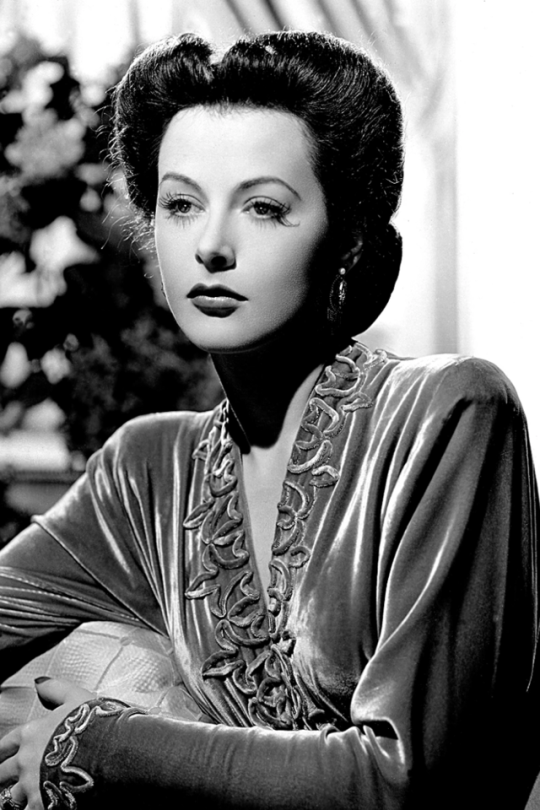
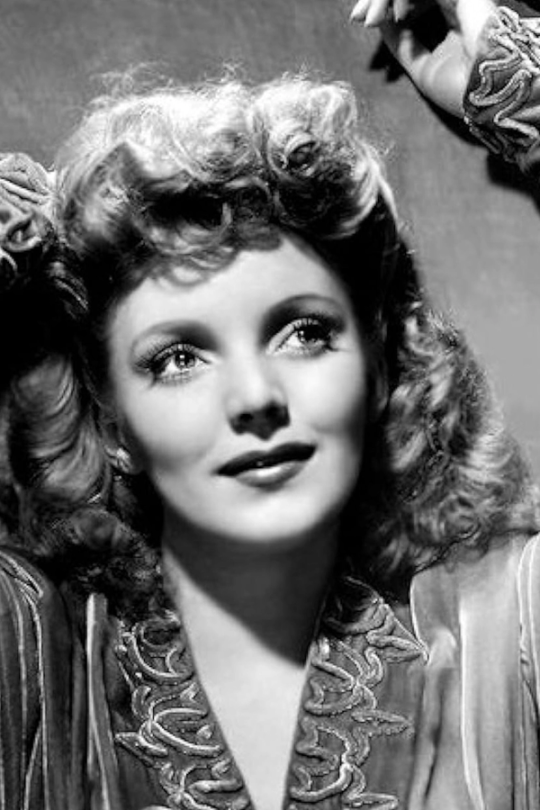

This beautiful velvet gown, likely designed by Robert Kalloch for Hedy Lamar’s Lucienne Talbot in the 1942 film Crossroads went on to be used in at least two promotional photo shoots for MGM sometime later in the 40s – one with Ruth Brady wearing the piece, and another with Marilyn Maxwell.
301 notes
·
View notes
Text

Costume designer Robert Kalloch and Norma Shearer working on fashions for WE WERE DANCING at MGM, directed by Robert Z. Leonard, 1942.
57 notes
·
View notes
Text

Norma Shearer as Vicky Wilomirska in “We Were Dancing” - 1942
Costumes by Adrian and Robert Kalloch
#vintage#hollywood#actress#norma shearer#vicky wilomirska#we were dancing#1942#40s#retro#diva#costumes#adrian#robert kalloch#classic hollywood#vintage fashion#old hollywod glamour
96 notes
·
View notes
Text
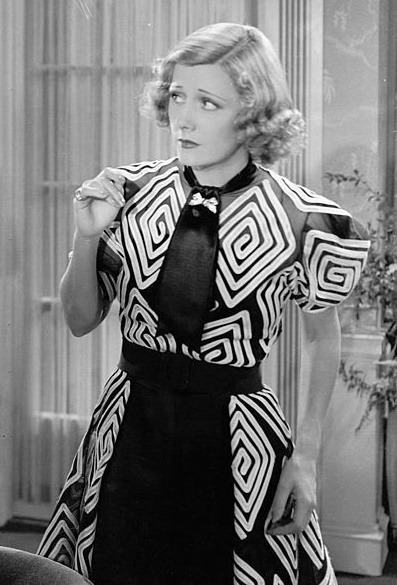
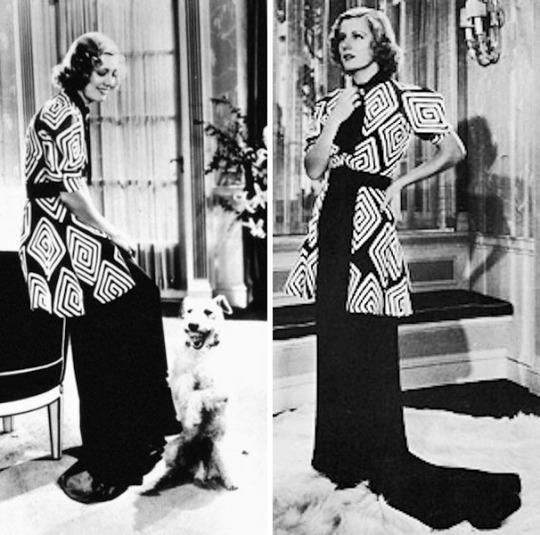
One Dress a Day Challenge
February: Coeli's Monochrome Picks
The Awful Truth / Irene Dunne as Lucy Warriner
One of the things I love about black and white movies is these bold designs on clothing. It feels like you don't see that so often in color movies, or maybe it just pops more in B&W because of the high contrast. The shape of this dress is also unique, as is the scarf/cravat effect in front. You might say this is the "quirky 1930s," as opposed to the sleek "classic 1930s" look from yesterday.
Costumes for this movie were designed by (Robert) Kalloch.
#the awful truth#coeli's picks#irene dunne#one dress a day challenge#one dress a week challenge#movie costumes#1937 movies#1937 films#1930s fashion#1930s style#30s fashion#30s style#black and white movies#kalloch#robert kalloch#black and white films#classic hollywood#classic films#old hollywood
117 notes
·
View notes
Text
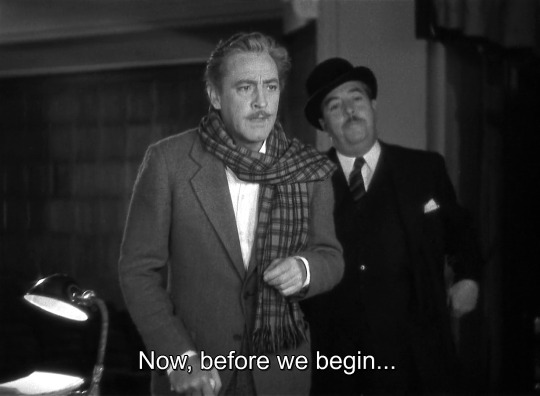


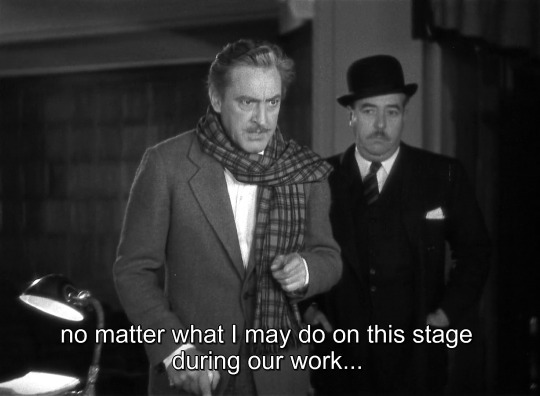
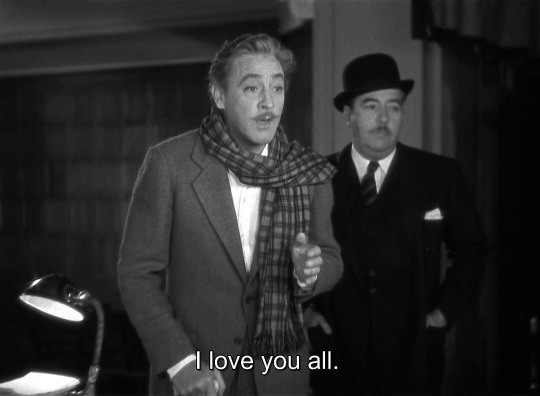
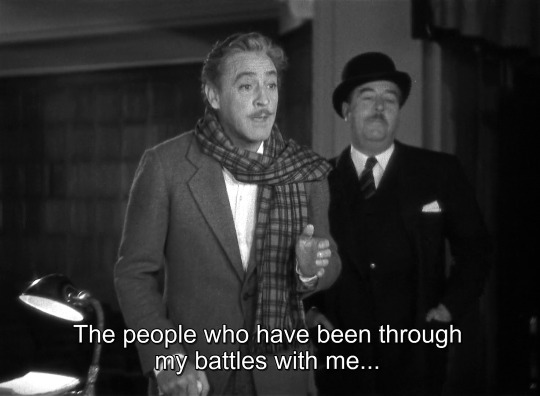
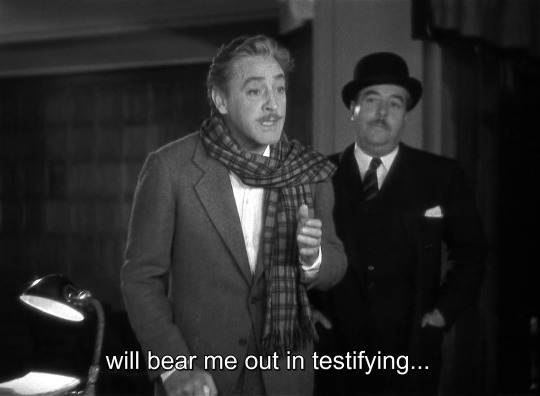
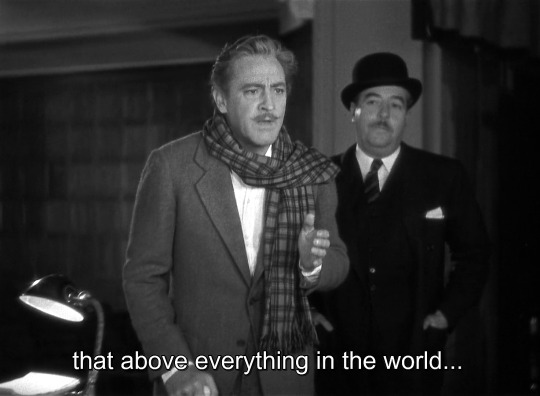


Twentieth Century (Howard Hawks, 1934).
#twentieth century#Twentieth Century (1934)#howard hawks#john barrymore#ben hecht#charles macarthur#joseph h. august#gene havlick#robert kalloch#preston sturges
56 notes
·
View notes
Photo
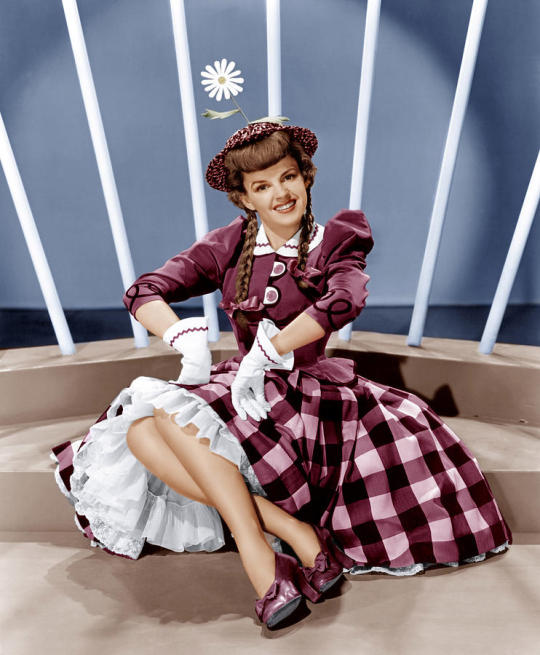
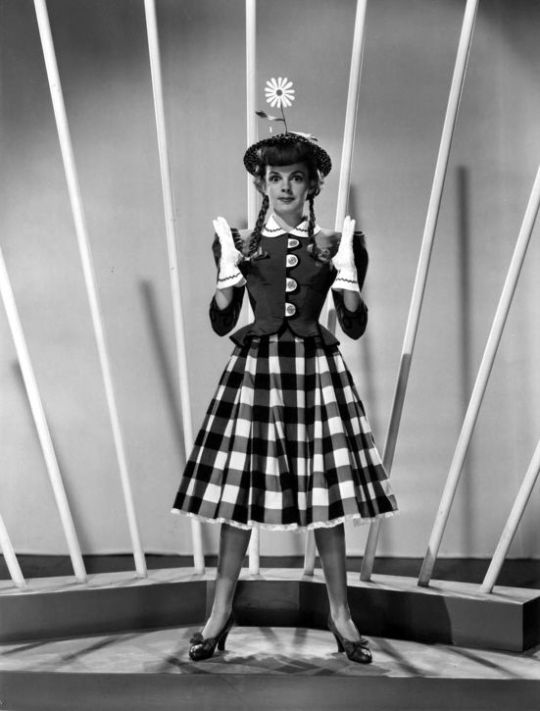
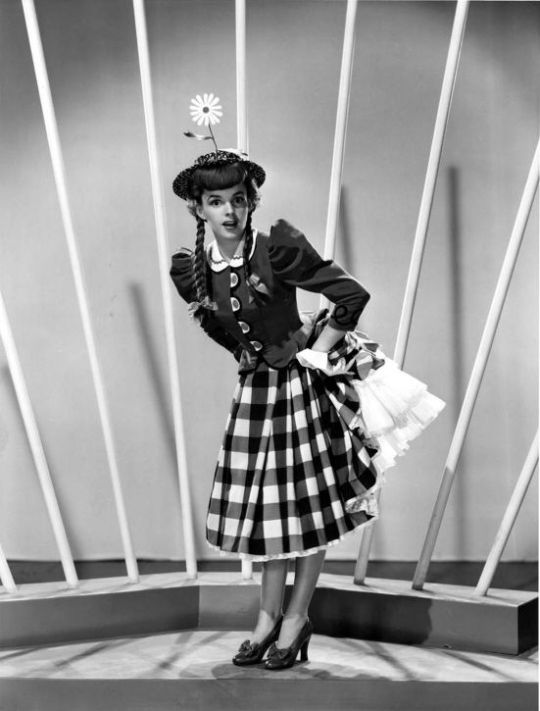

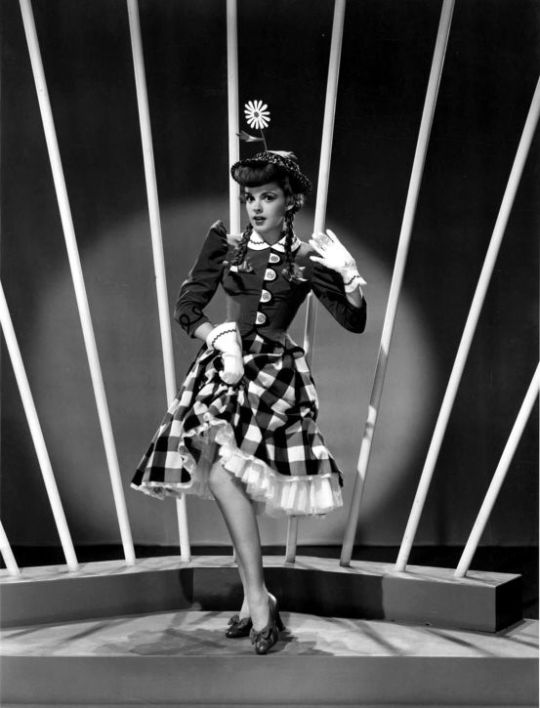
Jo Hayden (Judy Garland) Checkered skirt farm girl outfit.. For Me And My Gal (1942).. Costume by (Robert Kalloch)
34 notes
·
View notes
Text
Costume designer: Robert Kalloch
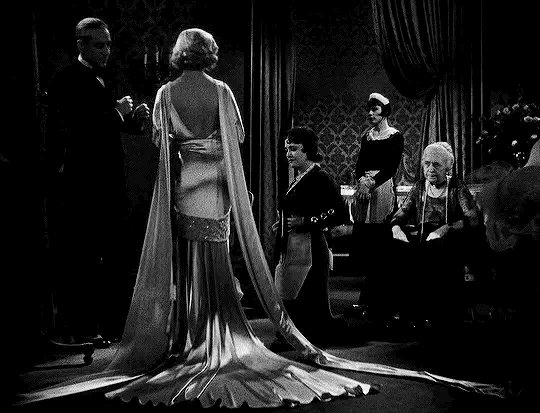
Carole Lombard in No More Orchids, 1932
#costumes#costuming#no more orchids#1930s#1930s fashion#*whistles loudly*#capes#cape sleeves#trains#robert kalloch
5K notes
·
View notes
Text










👗 Costume design by Robert Kalloch THE AWFUL TRUTH — 1937 dir. Leo McCarey
#the awful truth#1930s#creations#sarah#filmedit#costumeedit#costumegifs#classicfilmblr#classicfilmsource#cinemapix#dailyflicks#userteri#usermichi#userelissa#userdeforest
672 notes
·
View notes
Text
"RANDOM HARVEST" (1942) Review

"RANDOM HARVEST" (1942) Review
Between 1936 and 1942, author James Hilton enjoyed a prolific period of successful collaborations with the Hollywood studios. Some of those collaborations included writing screenplays for a handful of movies. However, three of those collaborations featured the screen adaptions of a handful of his best-selling novels. One of tho latter proved to be his 1941 novel, "Random Harvest".
Like some of Hilton's previous novels, "Random Harvest" proved to a very popular piece of work that became a major best-selling hit. Metro-Goldwyn-Mayer (MGM) purchased the film rights to novel and set an adaptation of it in motion. Mervyn LeRoy served as the movie's director and both Ronald Colman and Greer Garson were cast in the leads.
Unlike Hilton's novel, screenwriters Arthur Wimperis, George Froeschel and Claudine West abandoned the flashback narrative device for "RANDOM HARVEST". Because the novel had kept the duel identities of "Paula Ridgeway"/Margaret Hanson a secret until the very end, the screenwriters had decided to take a different approach, realizing it would have been difficult to maintain such a secret in this particular film, especially since the characters' faces - especially the leading lady's - must be seen. So . . . instead of treating the November 1918 sequence as a flashback, the screenwriters began the movie at that very moment with a British Army officer named "John Smith" confined to an asylum as an unidentified inmate.
On the day the war ends, the asylum's gatekeepers abandon their posts to join the celebration in the nearby Midlands town of Melbridge, and Smith follows him into town. There, he meets a music hall named Paula Ridgeway (stage name). Following a violent encounter with the leader of Paula's traveling theatrical group, she leads Smith away from Melbridge and they end up at a small Devon village. There, the couple fall in love, get married and conceive a son. Two years after they first met, Smith heads to Liverpool for a job interview at a newspaper. After a taxi hits him, while he was crossing the street, Smith regains his memories of his true self - Charles Rainier, the son of a wealthy Midlands businessman. Charles' return occurred on the day of his father's death and within a few years, assume control of the family's business. Unfortunately, Charles has lost his memories of his three years as "John Smith", including his relationship with Paula. The latter eventually discovers his whereabouts after a few years. When Paula - or Margaret Hanson - realizes that he does not remember her, she becomes his executive assistant in the hopes that her presence will jog his memories of those lost three years.
"RANDOM HARVEST" is not a perfect movie. What movie is? However, I can only think of one or two aspects about it that failed to impressed. It is quite clear that most of "RANDOM HARVEST" had been filmed inside a soundstage or on the MGM backlot. I have no general issues with this. In fact, I really admired Cedric Gibbons' art directions and Edwin B. Willis' set designs for the Melbridge street scenes. But there is one particular sequence - "Smith" and Paula's time in Devon - that looked particularly fake to me. I just did not find the Devon countryside featured in this movie convincing. But I really had a problem with the film's costume designs and hairstyles. "RANDOM HARVEST" was set during the years between 1918 and 1935. The movie had been shot and released in 1942. Robert Kalloch's costume designs did not reflect the movie's time period, as shown in the images below:

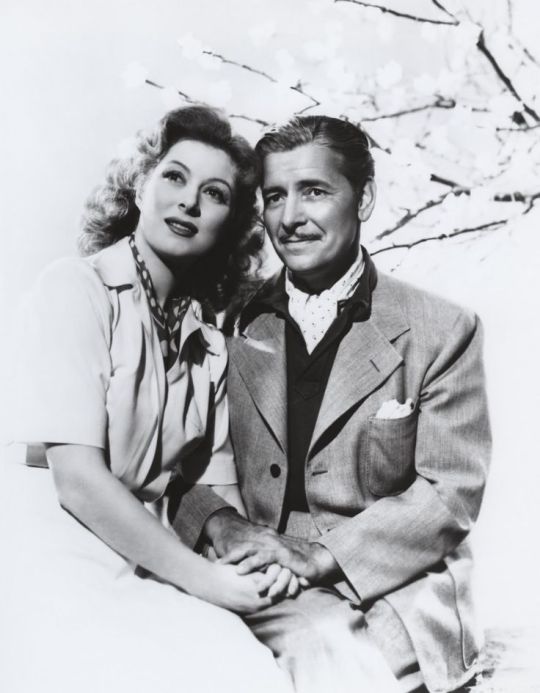

There was nothing about the dresses, suits, gowns, shoes and even the hairstyles that seemed to convey 1918-1919, the 1920s, or the early-to-mid 1930s.
But aside from these quibbles, I must be honest. I really enjoyed "RANDOM HARVEST". I have always enjoyed "RANDOM HARVEST". Between Mervyn LeRoy's direction and the screenplay written by Claudine West, George Froeschel and Arthur Wimperis; MGM released a movie that I believe proved to be one of the best romantic films I have ever seen. But the film's romance was enhanced by World War I's consequences upon Charles Ranier/John Smith's life and memories. "RANDOM HARVEST" not only struck me as a romantic film, but also a melancholic and sometimes, heartbreaking movie. Also, for a movie with a running time of 125 minutes, "RANDOM HARVEST" managed to maintain a steady pace, thanks to Mervyn LeRoy's direction. I found this mind boggling, considering I have found the pacing of many old movies from the 1930s and 1940s to be rather slow . . . almost to the point of dragging the movies to a stop. Thankfully, "RANDOM HARVEST" managed to convey a poignant and melancholy romance without putting me to sleep.
Certain aspects in the film's narrative managed rise "RANDOM HARVEST" above the usual tearjerker. The emotional impact of World War I upon Charles resulted in the creation of the melancholic and sad man struggling to deal with his amnesic state during the film's first half hour or so. Another scene featured Kitty Chilcet's - the stepdaughter of Charles' sister and his fiancee - discovery that he was not in love her. It proved to be one of the film's most haunting and emotionally devasting moments. One fabulous scene featured the revelation of Charles' secretary Margaret Hanson as Paula Ridgeway, the music hall entertainer he had married not long after the war. This revelation had led to a heartbreaking conversation between Margaret and Charles' former analyst and head of the Melridge asylum, Dr. Jonathan Benet, in which he advised her not to force her true identity upon Charles for the sake of his mental health. What made the film's second half even more poignant was Margaret's struggles to remain silent about hers and Charles' past, while stuck in what seemed like an arranged marriage between businessman and secretary.
"RANDOM HARVEST" managed to earn seven Academy Award nominations. Two of them were in the acting category - Best Actor for Ronald Colman and Best Supporting Actress for Susan Peters. For me, the two acting nominations served as a hint of the film's level of acting skills from the cast. There was not a performance that did not trouble me. The movie featured solid performances from Bramwell Fletcher, Rhys Williams, Melville Cooper, Jill Esmond, Alan Rapier, Ivan F. Simpson, Margaret Whycherly and Arthur Margetson. Una O'Connor and Reginald Owen both provided brief, yet entertaining performances as Melbridge citizens that Charles/"Smithy" had encountered on the night he had left the asylum. Henry Travers gave a poignant performance as doctor that the pair had befriended during their stay in Devon. Dutch actor Philip Dorn gave an intelligent, yet surprisingly emotional performance as Dr. Jonathan Benet, the gentle head doctor of the Melbridge asylum, who fell in love with Margaret/Paula years later.
Susan Peters reached the peak of her career in her portrayal of Kitty Chilcet, the step-daughter of Charles' sister. She gave an intelligent, yet lively performance as the charming, yet patient schoolgirl who managed to win Charles' heart. But in one scene in which Kitty realizes that Charles had memories of another love that would lead him to regard her as a stranger, Peters elevated her game and gave a subtle, yet skillful performance that led to an Oscar nomination for her. Of the three main leads, Greer Garson did not receive an acting nomination for her performance in "RANDOM HEART". Which seemed a pity to me, because I believe she really knocked it out of the ballpark as Margaret Hanson/"Paula Ridgeway", the music hall entertainer-turned-secretary who managed to win over Charles with her quiet wit, charm and warmth. Her rendition of the music hall song, "She's Ma Daisy", is something to behold. I believe Garson really shined in the film's second half, as her character struggled to nudge Charles into regaining his memories as "Smithy" and at the same time, keep her emotions and other identity in check during her "marriage of convenience" to him. In the end, Garson ended up being nominated for her performance in "MRS. MINIVER". She won in the end, but I cannot help wishing she had been nominated for her performance in "RANDOM HARVEST". For years, I have always pinpointed Ronald Colman as an actor known for his charm, dash and some pretty good acting skills. But in recent years, I have realized that I had underestimated just how skillful an actor he truly was. I thought he had given a phenomenon performance as a World War I amnesiac, who discovers he is a scion of a wealthy family. In scenes that featured "Smithy"'s confusion during the film's first thirty minutes, his confusion over his growing emotional dependence on Margaret and especially that one moment in which he regarded Kitty as a stranger, when his memories as Smithy returned briefly made me realize what a superb actor Colman truly was. It seemed a pity that he did not win the Best Actor award for that year.
It seems a miracle to me that Hollywood or anyone else has never considered making another serious adaptation of James Hilton's 1941 novel. Granted, that filmmaker or television producer would probably have great difficulty overcoming the ghost of the 1942 adaptation. I might as well say it . . . "RANDOM HARVEST" is excellent adaptation of Hilton's novel. Mervyn LeRoy did an excellent job in maintaining a strong pacing for such a melancholic story. Screenwriters Claudine West, George Froeschel and Arthur Wimperis had made some changes that proved to be very effective for the film's narrative. But without the excellent cast led by superb performances from Ronald Colman and Greer Garson, who knows if "RANDOM HARVEST" would have become the classic it now is.


#period drama#period dramas#old hollywood#james hilton#random harvest#random harvest 1942#mervyn leroy#ronald colman#greer garson#susan peters#bramwell fletcher#rhys williams#alan napier#melville cooper#mgm#jill esmond#ivan f. simpson#una o'connor#reginald owen#philip dorn#margaret whycherly#arthur margetson#world war i#amnesia#interwar period
0 notes
Photo
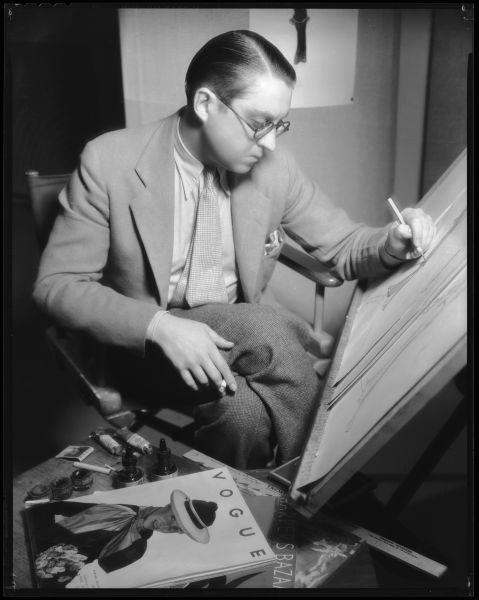

Robert Kalloch (deceased)
Gender: Male
Sexuality: Gay
DOB: 13 January 1893
RIP: 19 October 1947
Ethnicity: White
Occupation: Fashion designer, costume designer
Note: Widely considered one of America's top fashion designers in the late 1930s
#Robert Kalloch#Kalloch#lgbt history#gay history#lgbtq#male#gay#1893#rip#historical#white#fashion designer#costume designer
33 notes
·
View notes
Photo



This beautiful velvet gown, likely designed by Robert Kalloch for Hedy Lamar's Lucienne Talbot in the 1942 film 𝑪𝒓𝒐𝒔𝒔𝒓𝒐𝒂𝒅𝒔 went on to be used in at least two promotional photo shoots for MGM sometime later in the 40s – one with Ruth Brady wearing the piece, and another with Marilyn Maxwell. Find out more at Bit.ly/PostEd252
#HedyLamar#Crossroads#MGM#RuthBrady#MarilynMaxwell#Costume#CostumeDesign#CostumeIdeas#CostumeHistory
182 notes
·
View notes
Text
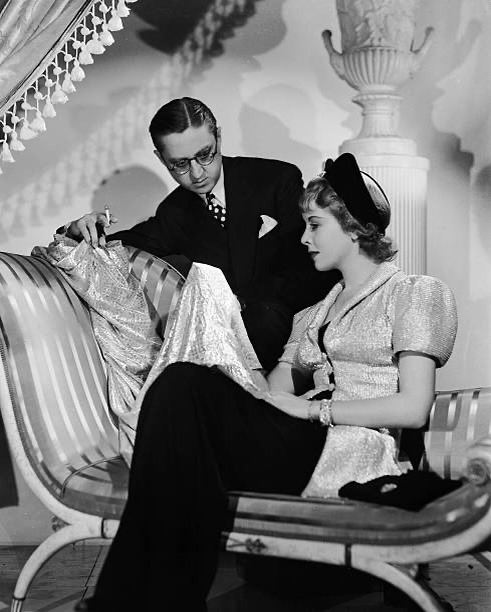
Ida Lupino looking at material samples with Columbia costume designer Robert Kalloch, ca. 1935
20 notes
·
View notes
Text

Claudette Colbert in “It Happened One Night” - 1935
Wedding gown by Robert Kalloch
#vintage#hollywood#actress#claudette colbert#it happened one night#1935#30’s#retro#black and white#wedding#dress#gown#robert kalloch#stunning beauty#old hollywod glamour
73 notes
·
View notes
Text
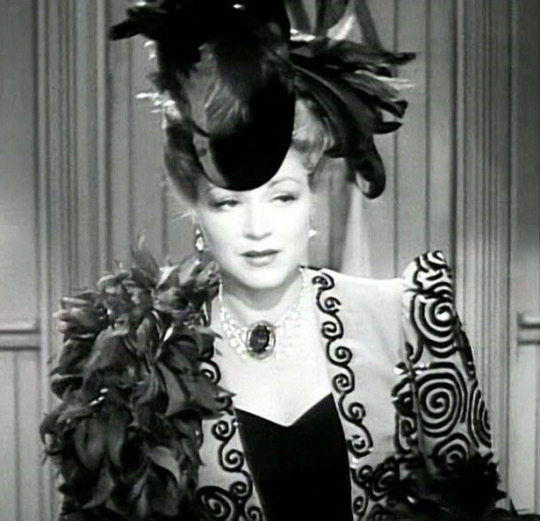
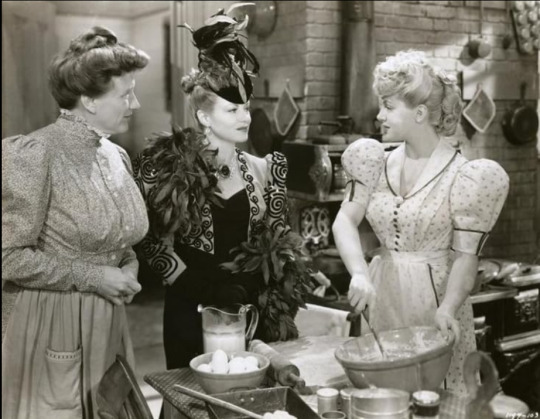
One Dress a Day Challenge
February: Coeli's Monochrome Picks
Honky Tonk / Claire Trevor as "Gold Dust" Nelson
Coeli's comment: "What a hat!"
I really like the bold spiral designs on the jacket sleeves. Not sure what's up with that spray of feathers on her shoulder, though.
The costume designer for this film was Robert Kalloch, who went by just "Kalloch" in the credits.
#honky tonk 1941#coeli's picks#claire trevor#one dress a day challenge#one dress a week challenge#movie costumes#period film#1941 movies#1941 films#1940s tries to do 1880s#kalloch#19th century costumes#black and white movies#black and white films#classic hollywood#old hollywood#robert kalloch#shouldamapads
7 notes
·
View notes
Text
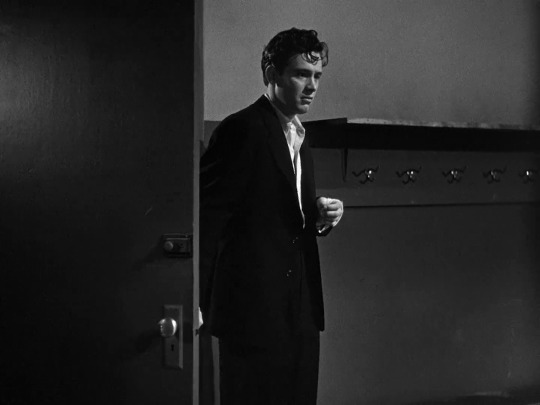
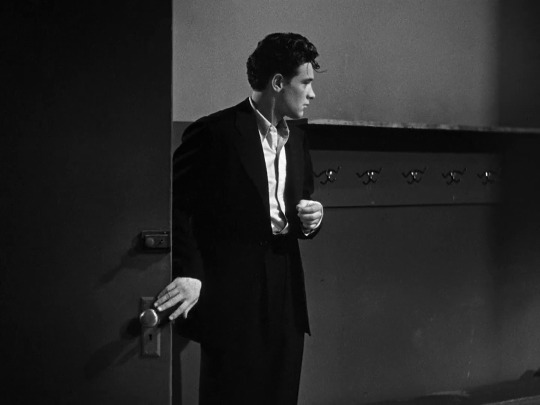
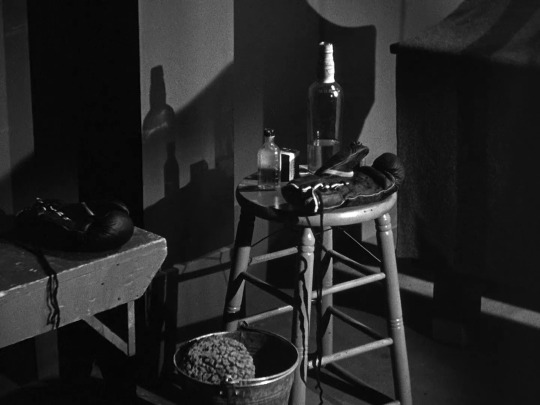
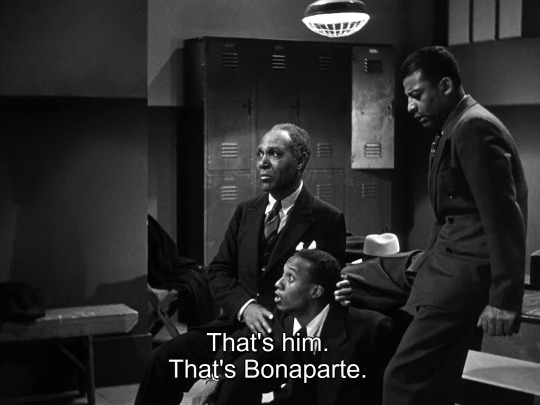
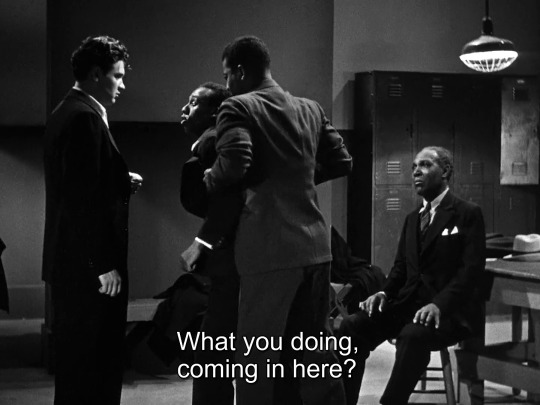
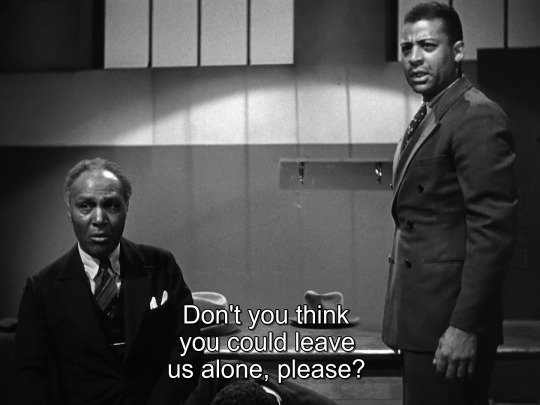
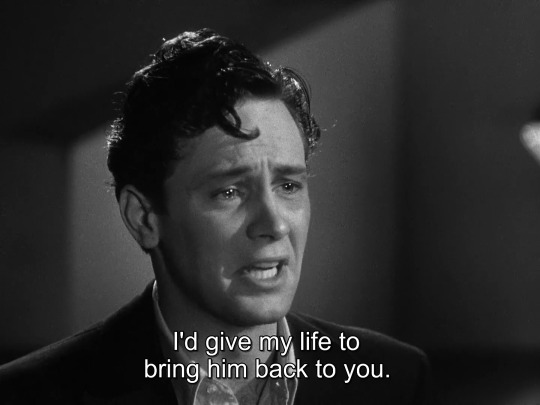
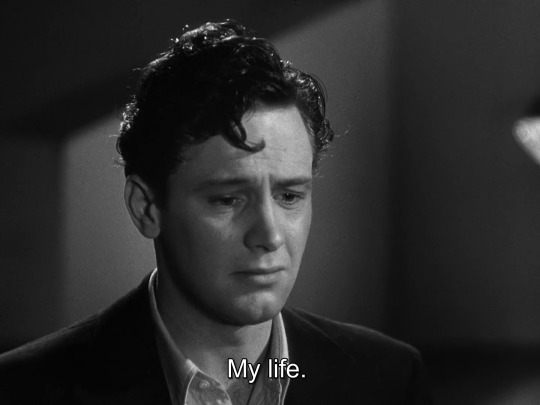

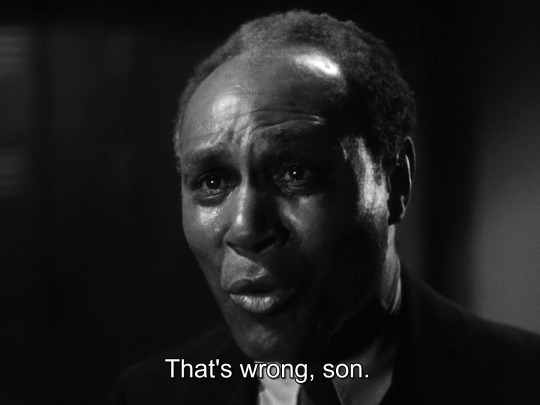
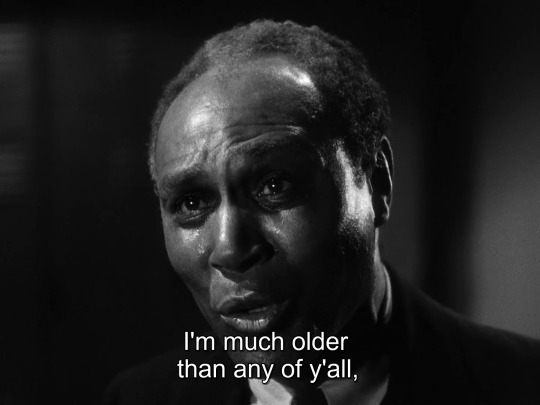
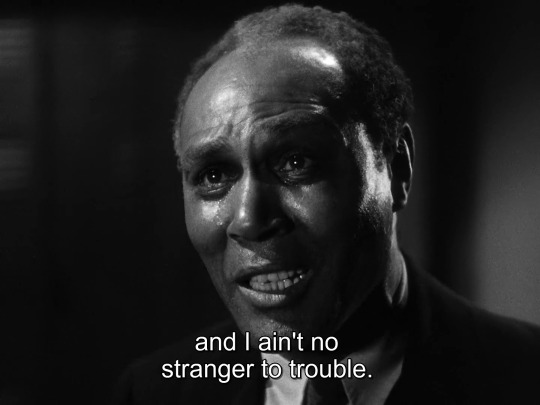
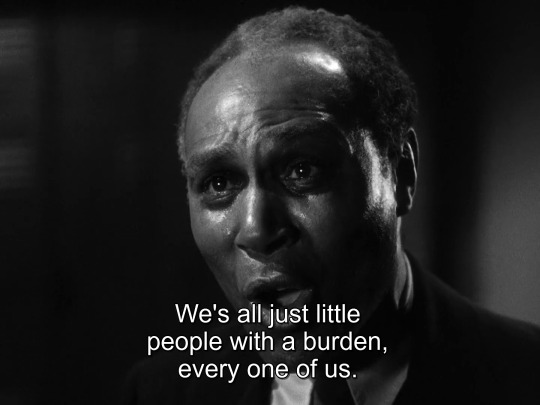
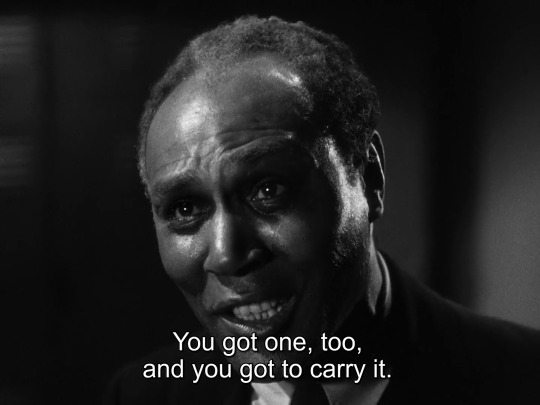
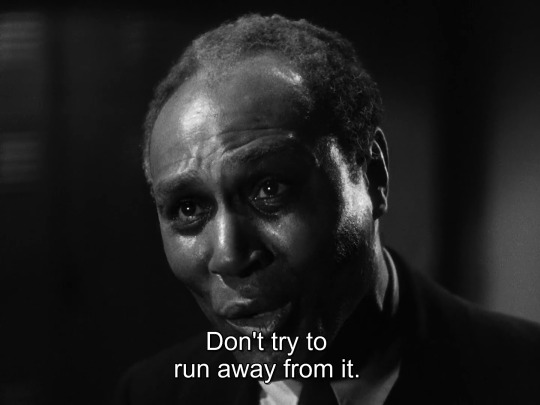

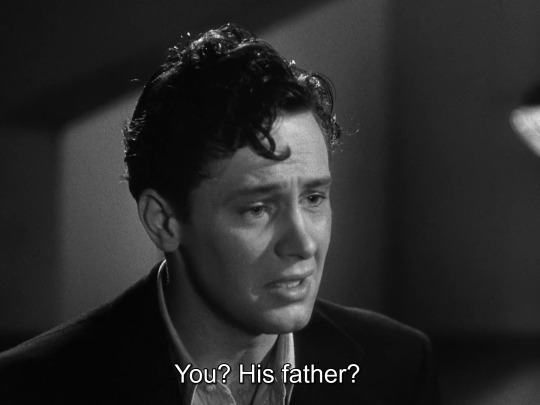
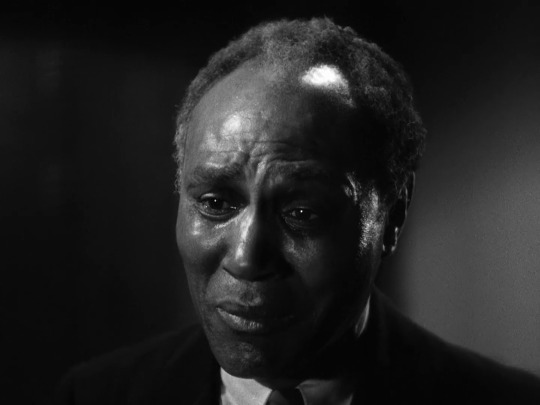
Golden Boy (Rouben Mamoulian, 1939).
#golden boy#golden boy (1939)#rouben mamoulian#william holden#Lewis Meltzer#Daniel Taradash#Sarah Y. Mason#Victor Heerman#Clifford Odets#Karl Freund#Nicholas Musuraca#Otto Meyer#Lionel Banks#Robert Kalloch
21 notes
·
View notes
Photo
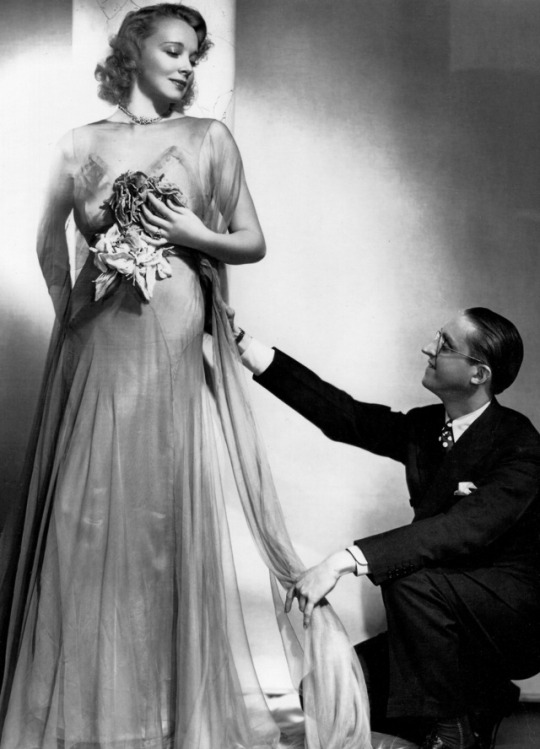
Virginia Bruce and costume designer Robert Kalloch
25 notes
·
View notes